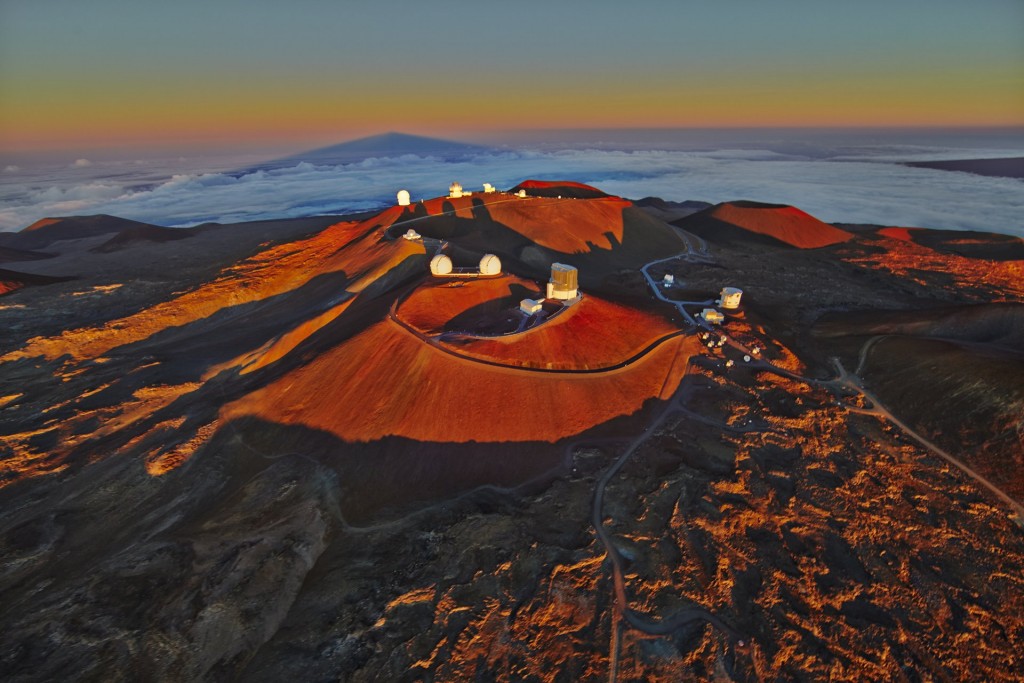This year saw the launch of the Cubit: RD’s answer to the mainstream media’s coverage of the intersection of religion and science—those too-familiar stories in which religion and science are represented as either fundamentally at odds, or oddly conjoined.
Over the past nine months we have debated, among other things, multiverse theory with Rob Bell, investigated the cultural roots of the anti-vaccine movement, critiqued Silicon Valley asceticism, and explored some of the scientific, religious, and political dimensions of blame.
We’ve also kept an eye out for writing that busts the mainstream binary. Broken into three categories, here are the Cubit’s picks for the top investigations of religion, science, and technology in 2015.
Religion + Technology
Benjamin Breen’s, “Into the Mystic” explores how technology has, through New Age culture, become a kind of modern magic. It’s a fascinating piece that will make you rethink your relationship with social media and the newfangled “internet of things.” [Aeon] Technology can also draw people away from religion, as Adrian Chen documents in “Unfollow,” an intimate account of Westboro Baptist Church member Megan Phelps-Roper. As the Twitter representative of a church infamous for hate speech, Phelps-Roper was good at pushing people’s buttons. Things changed when tweets led to genuine conversation. [The New Yorker]
Technology can also draw people away from religion, as Adrian Chen documents in “Unfollow,” an intimate account of Westboro Baptist Church member Megan Phelps-Roper. As the Twitter representative of a church infamous for hate speech, Phelps-Roper was good at pushing people’s buttons. Things changed when tweets led to genuine conversation. [The New Yorker]
The internet has also enabled questioning in the ultra-Orthodox and Hasidic Jewish communities, and Batya Ungar-Sargon’s “Undercover Atheists” is a vivid portrait of those who live a double-life within these communities. [Aeon]
(Bonus: our interview with Daniel Dennett about non-believing clergy.)
The Science of Apocalypse
We live in a time when sober scientific predictions border on eschatology. In her singular article, “The Really Big One,” Kathryn Schulz outlines how the Cascadia subduction zone is likely to cause the worst natural disaster in the history of North America. Disturbing, fascinating, and impossible to put down: here, science journalism reads like an endtimes thriller. [The New Yorker]
Virginia Beach, home to Pat Robertson’s Christian Broadcasting Network, is slowly sinking under water. Part of what makes Michael Schulson’s, “In Evangelical Country, an Apocalypse of Rising Seas” a powerful piece of journalism is that it focuses on how a global issue is affecting this single location. Schulson investigates local churches, businesses, and politics with a remarkable eye for detail. Read it for this alone:
“In front of the Christian Broadcasting Network headquarters, a map of the globe is painted on a concrete circle. The concrete slopes upward toward the North Pole, where a small gas jet powers an Eternal Gospel Flame.” [Inside Climate News]
On the lighter side of the end times is Zoltan Istvan’s curious but compelling think piece that asks, “When Superintelligent AI Arrives, Will Religions Try to Convert It?” (Bonus: my interview with Istvan, during which the presidential hopeful is pressed on whether Transhumanism is itself a religious movement.) [Gizmodo]
Convergence Zones
Our final category, convergence zones, is for articles that discovered unusual intersections between religion and science. Adrienne LaFrance’s, “What Makes a Volcano Sacred?” covers a land battle between astronomers and native Hawaiians, and so it might seem like a straightforward example of conflict. Thankfully LaFrance discards this simplistic frame, and gets at the two groups’ overlapping senses of the sacred. [The Atlantic]
Alan Levinovitz, assistant professor of religion at James Madison University, did great work this year exploring another overlap: the curious mixture of religion and science in fad diets. In, “How ‘Diet Gurus’ Hook Us With Religion Veiled In Science,” Levinovitz situates contemporary diet trends within a long history of mythic appeals to some paradisiacal dietary past. [NPR]
(Double bonus: Levinovitz’s, “Is Monsanto Satan?” and our interview with Levinovitz about The Gluten Lie.)
If diet talk is stressing you out, you may consider pausing for some mindfulness meditation. After that, you can read two sharp explorations of this popular trend. Michelle Goldberg’s, “The Long Marriage of Mindfulness and Money” explores the history behind secular, corporate-friendly meditation. [The New Yorker] In “Mind Your Own Business,” Barbara Ehrenreich explains how “byte-sized” meditation has come to serve the needs, and economic self-interest, of Silicon Valley. [The Baffler]








